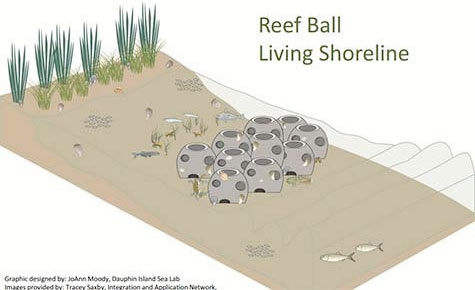Your Cart
Although there is no substitute for natural, three-dimensional oyster bars, artificial reefs are a valuable and necessary alternative given the long standing decline of the Chesapeake’s oyster reef and seagrass coverage from historic levels. Anglers know artificial reefs are great places to fish for many popular species such as trout, spadefish, sheepshead, seabass, tautog, redfish and more.
Living reefs also support many filtering organisms, and provide important shelter for crabs, and many small fish species, including the ones that we all love to catch once they grow up.

Benefits of Artificial Reefs
Like natural oyster reefs, artificial reefs support other filter feeders including barnacles and hooked mussels that help clean Bay waters. Man-made reefs also attract a wide variety of marine life, providing food, cover and habitat for hundreds of small and juvenile fish, crabs and shrimp.
Similar to natural oyster bars and sea grass meadows, strategically placed artificial reefs can also help buffer coastlines from intense storm surge and wave action that accelerates habitat loss and erosion.
Living Reef Action Campaign (LRAC)
CCA's Living Reef Action Campaign is the core focus of our habitat work in the Chesapeake region, and we are committed to expanding the role of CCA Virginia in coordination with the Virginia Marine Resources Commission, and any other partners in the Chesapeake region. After all, habitat today, means fish (and fishing) tomorrow.
